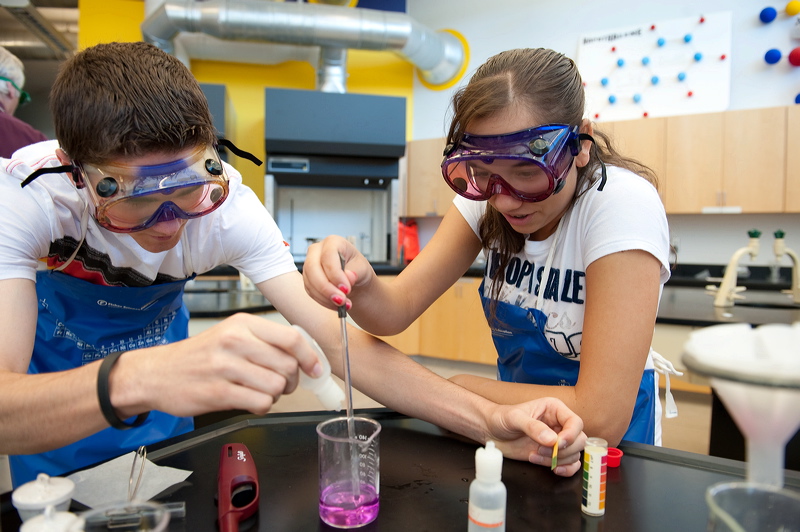Problem-based learning

Darlene Smith, Associate Professor of Education , Walters State Community College
Definition
Problem-based learning (PBL) is student-centered learning. Students learn a concept through the experience of problem
solving.

Why Problem-based learning?
-
Encourages peer-to-peer collaboration
- Provides opportunities for hands-on activities
- Develops a deeper subject-area knowledge
- Allows students to identify and solve real-life problems
- Enhances oral and written communication skills
How Does it work
- Working in groups, students identify what they already know, what they need to know, and how and where to access new information that may lead to a solution to the problem.

THE TEACHER'S ROLE
- Supporter
THE TEACHER'S ROLE
- Supporter
- Guider
THE TEACHER'S ROLE
- Supporter
- Guider
- Monitor of the learning process
THE TEACHER'S ROLE
- Supporter
- Guider
- Monitor of the learning process
- Builder of students' confidence to tackle the problem
THE TEACHER'S ROLE
- Supporter
- Guider
- Monitor of the learning process
- Builder of students' confidence to tackle the problem
- Encourage the students
THE TEACHER'S ROLE
- Supporter
- Guider
- Monitor of the learning process
- Builder of students' confidence to tackle the problem
- Encourage the students
- Provide the motivational challenge
the STUDENT'S ROLE
- A desire to try something new
THE STUDENT'S ROLE
- A desire to try something new
- Thinglink
How to write a pbl
- Decide to write a PBL
- Make sure your project aligns with standards/objectives
- Use Google for ideas
- Brainstorm
- Bounce ideas off others
- Write the problem
Your Turn
PBL
challenged-based learning
By Darlene Smith
challenged-based learning
null
- 1,399

